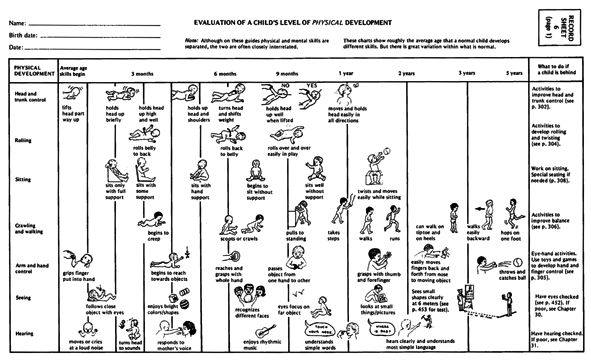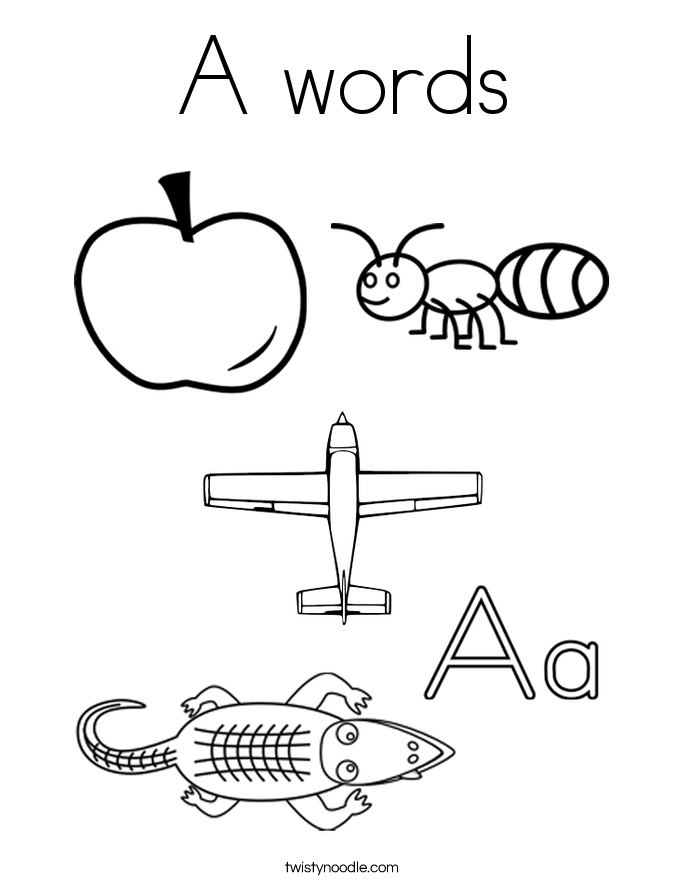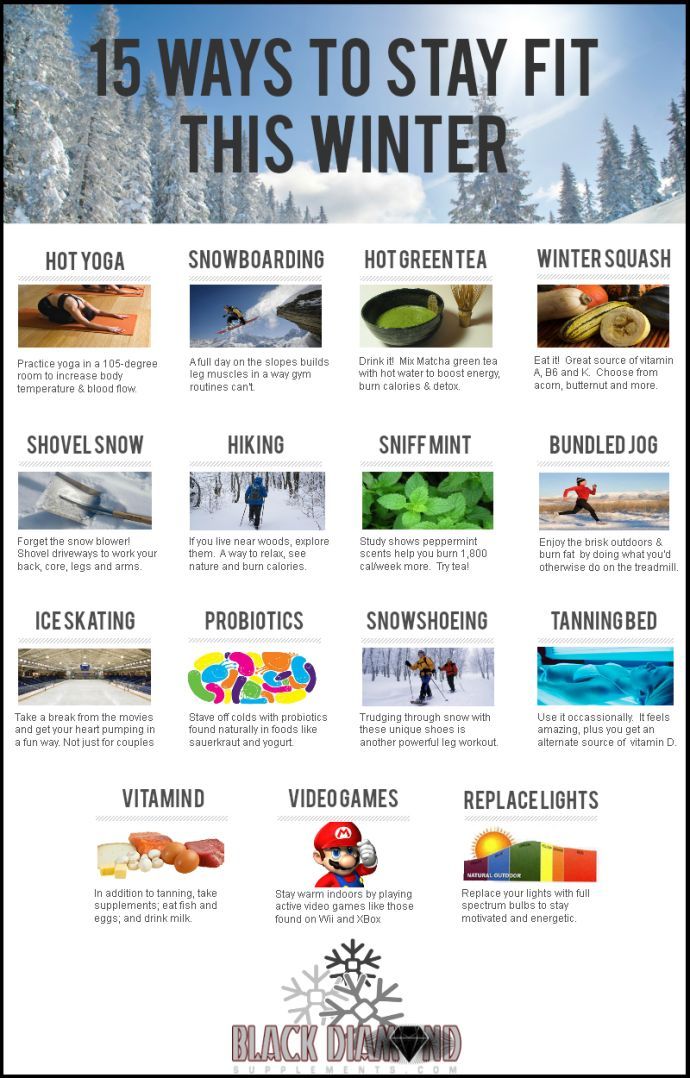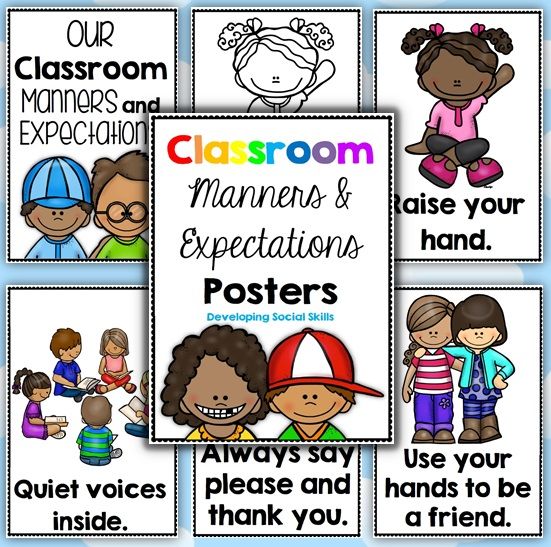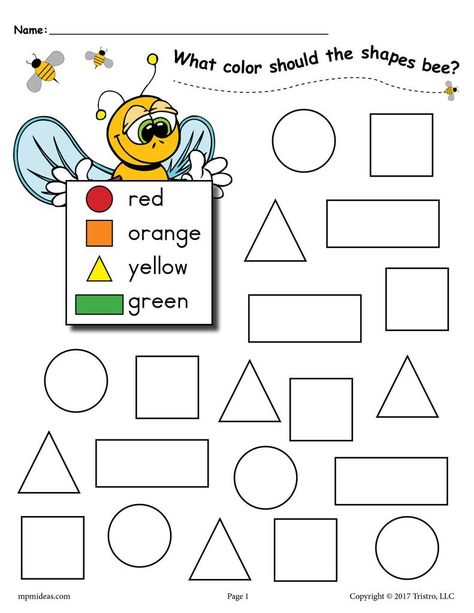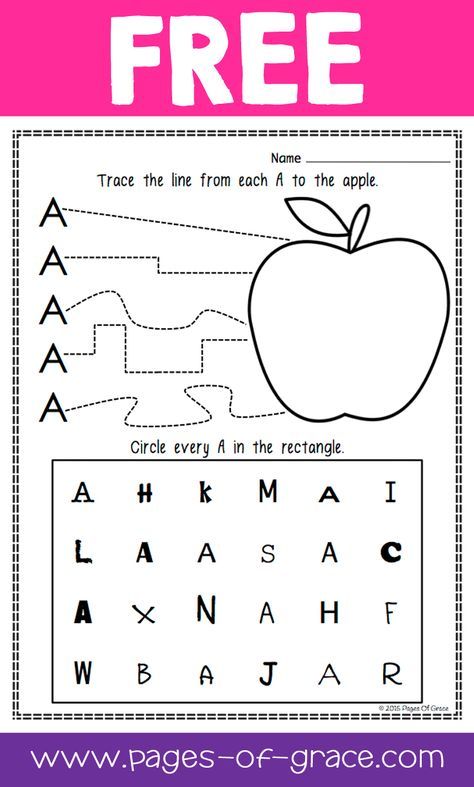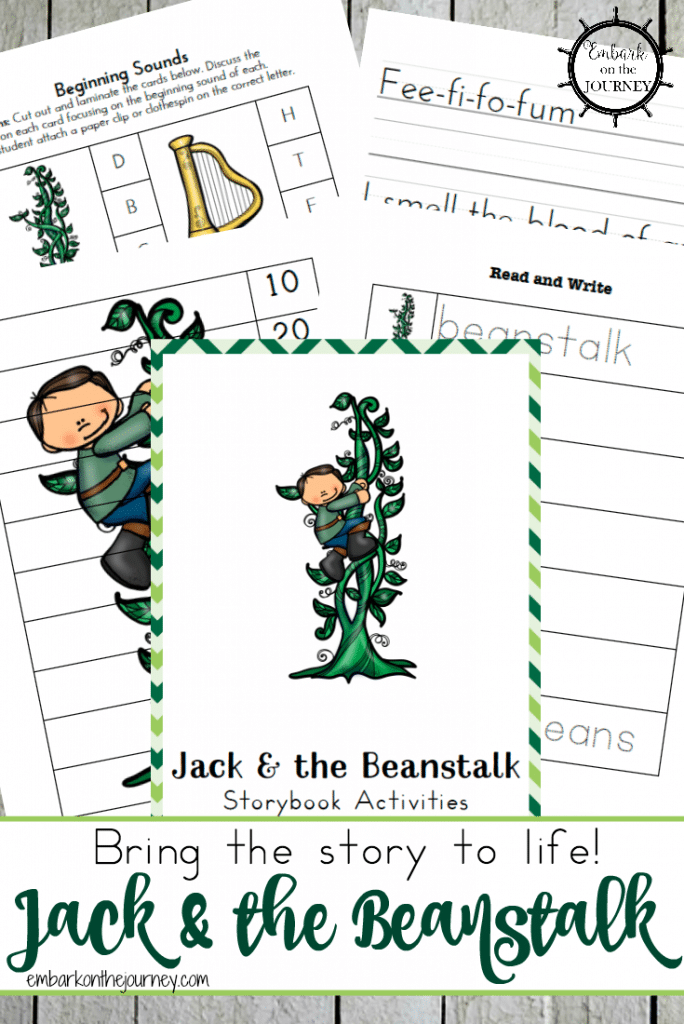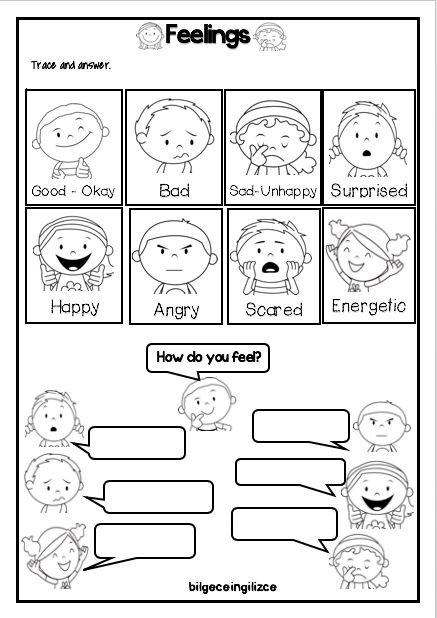Physical development for 4 year olds
Child development 4–5 years
Child development 4–5 years
Four is when your child starts getting a ‘big picture’ view of the world.
Differences between people – relationships, sex, race – these social issues become visible to your 4 year old.
They’ll explore these through play, dressing up and asking lots of questions.
The big world seems exciting, but it can be hard to work out where they fit. So getting it wrong – being too big and bold, or too small and frightened – are not uncommon extremes for your 4 year old.
Social and emotional
Four year olds are moving out into the world. They can usually play happily with other children, and enjoy lots of physical games as well as stories.
- Your child is learning to understand about other people’s feelings and needs. They can feel empathy for others, and can share toys and take turns, at least some of the time.
- They may sometimes feel jealous of your relationships with other people, such as your partner.
- They may have favourite games like ‘mummies and daddies’ and ‘superman’. These games allow them to try out various adult roles.
- Sometimes these roles may conflict with your values, but if you allow them to play without making them feel that it’s wrong, they will probably ‘let go’ of that role once they’ve worked through what it means.
- The world can seem scary to a 4 year old.
- They need you to provide a daily routine that gives them a safe base to explore from. For example, they need to know what happens at breakfast, what they’ll be doing during the day, and what special things happen at bedtime.
- They also need to know that you will set safe limits to their behaviour. Even though they may seem confident, it is very scary for young children to feel that their parents cannot manage them.
- Your 4 year old will begin to organise games and make friends.
- They can be quite bossy with other children, and may still have a few tantrums when they don’t get what they want.

- They can usually separate from you without getting upset, although not if there have been upsetting separations in the past.
- They’re developing a sense of humour, and will laugh at funny situations.
- Some of their behaviour may be ‘over the top’ – noisy, boasting, exuberant.
- They’ll play quite complicated make-believe and pretend games – daddy and mummy.
- They might have imaginary playmates, particularly if they don’t have other children to play with. This is nothing to worry about.
- They still haven’t worked out what is real and what is fantasy, so may tell stories (lies) in order to please you.
- Your 4 or 5 year old can go to the toilet by themselves, use toilet paper properly and flush the toilet.
Developing understanding
Your 4 year old will ask lots of questions about the world and why it is the way it is.
Sometimes their questions can be embarrassing or difficult to answer, such as questions about death or sex.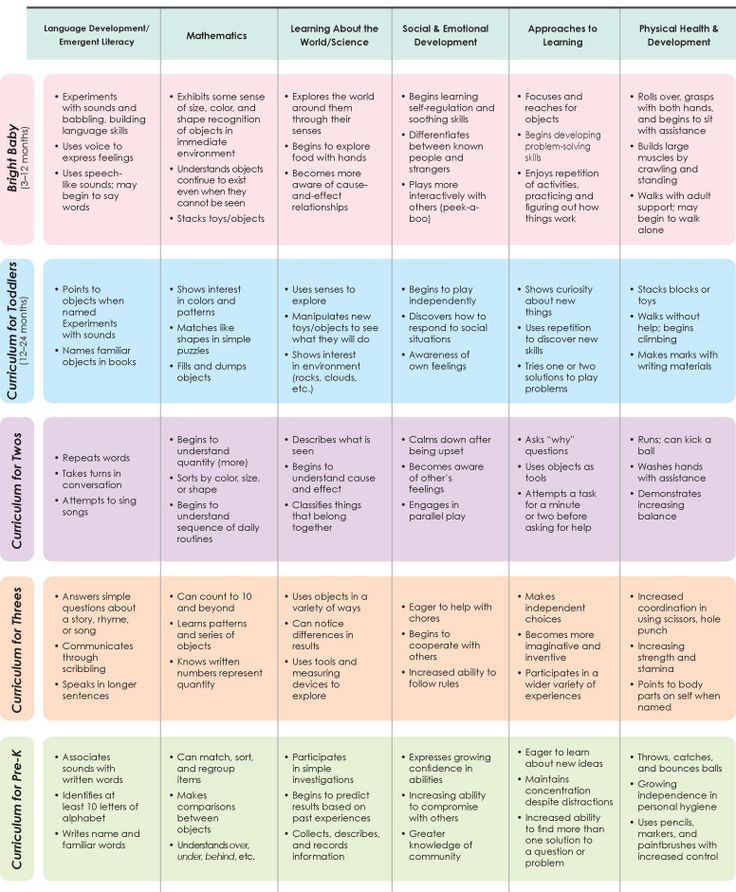 They may be interested in where babies come from and may experiment by looking at their own and other children’s bodies.
They may be interested in where babies come from and may experiment by looking at their own and other children’s bodies.
Your 4 year old can probably:
- understand 2 or 3 simple things to do at once – ‘Get a cup of water, take it to Daddy and then put the cup back on the table’
- understand what ‘3’ means – ‘There are 3 motor bikes’
- sort objects by size, colour or shape and type (animal, car)
- compare 2 things to work out which is heavier
- understand taller and smaller, but not be able to arrange things in order of smallest to biggest
- may be able to copy their name
- draw a person with a head, body, legs and arms
- tell the difference between morning and afternoon
- say numbers up to 20 and is beginning to count a few objects by touching them
- hold a pencil well
- cut on a line
- name and match 4 colours
- recognise some words they see a lot – ‘STOP’ on stop signs
By the time they are 5, your child can:
- tell you their name, age and address (if you’ve taught them)
- copy a square, a cross and a triangle.

Children’s sexual behaviour
Try to answer their questions as simply and honestly as you can without telling them more than they asked.
While telling them simply about your family’s beliefs, help them to understand that life has different stages. Explain that people live differently and have different values, and this is all normal and part of life’s richness.
Physical development
Your 4 year old is developing confidence in their physical ability but, as with their emotions, they can be too bold or too timid, and still needs to be supervised during active play.
Your child can:
- walk easily up and down steps, one foot to a step
- throw, catch, bounce and kick a ball, and use a bat
- climb ladders and trees
- stand on tiptoe, walk and run on tiptoe, and run quite fast
- jump over small objects
- walk along a line for a short distance
- ride their tricycle very well and may try a bicycle with trainer wheels
- stand on one foot for a few seconds, and probably hop
- thread beads to make a necklace
- swing themselves on a swing
- dress themselves if the fastenings are not too difficult
- manage their own toilet needs during the day, but still may not always be dry at night.

Speech and language
Your 4 year old will probably love to have conversations and talk in detail about all sorts of things. They need to find out about all aspects of life, and talking is an important way of understanding how the world works.
Your 4 year old:
- speaks clearly on the whole, but may still not use some sounds correctly – says ‘th’ for ‘s’, or ‘w’ for ‘r’
- asks ‘Why’, ‘When’ and ‘How’ questions, and asks what words mean
- tells long stories which may be partly true and partly made up
- is interested in questions, and can argue and give their own ideas about things
- talks about what might happen or what they’d like to have happen
- knows a few nursery rhymes which they can say, repeat or sing.
What they enjoy
Children have their own unique personalities and things they enjoy – it’s important to support them in their own interests.
Your 4 year old may enjoy:
- jokes (especially toilet jokes).
 They will laugh at and say nonsense or silly words.
They will laugh at and say nonsense or silly words. - books and stories with interesting rhymes and words. They may make up rhymes.
- playing with other children
- physical activities
- simple computer games.
Ignoring toilet jokes, or giving them an alternative word if they keep using words you don’t like is often the best way to help them through this stage.
If your child says ‘You’re a poo’ to everyone they meet, try suggesting an interesting, alternative word – ‘I know another good word. Why not say “You’re a banana?”’
Activities
The main thing your child needs from playing with you is to have fun. It’s important not to turn play into ‘lessons’. Try and provide an interesting environment and enough time to play, and follow your child’s lead.
- Talk to your child about what they do and where they’ve been. What did they do and see? Listen with interest when they talk to you and join in conversations.
- Read books to your child.
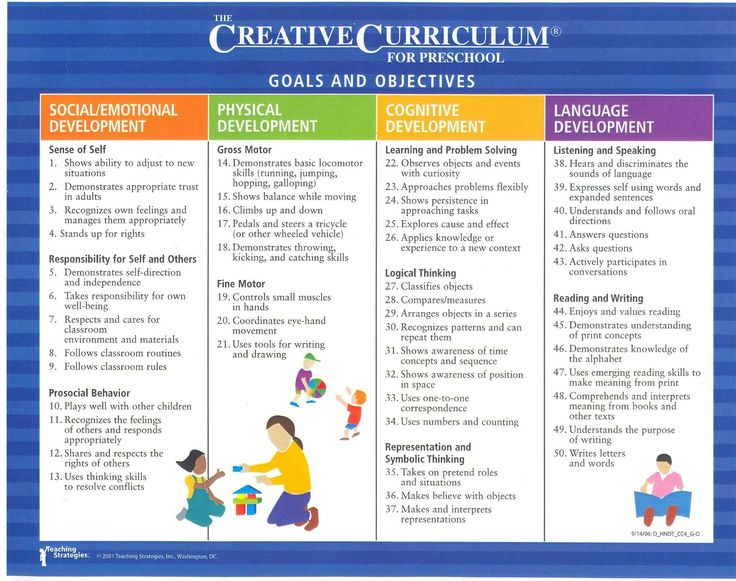 Talk about what’s happening in the pictures – let them act out the story.
Talk about what’s happening in the pictures – let them act out the story. - Tell stories about when you were a child.
- Your 4 to 5 year old is learning to sort things into groups, so play sorting games – sort spare buttons into shapes and colours, play animal lotto.
- Give them the chance to learn to ride a tricycle or a bicycle with trainer wheels.
- Make time for outdoor physical activity such as walks in the park, ball games or visiting playgrounds.
- Give them the materials for painting and drawing.
- Praise and encourage them when they’ve considered or played well with others, and help them to think about how others feel.
Starting kindy
Your child may start kindy (kindergarten) this year. It may just be like an extension of child care for both of you, or it may be the first time you’ve been separated.
How they react to separation will depend on their personality and if they’re used to being away from you.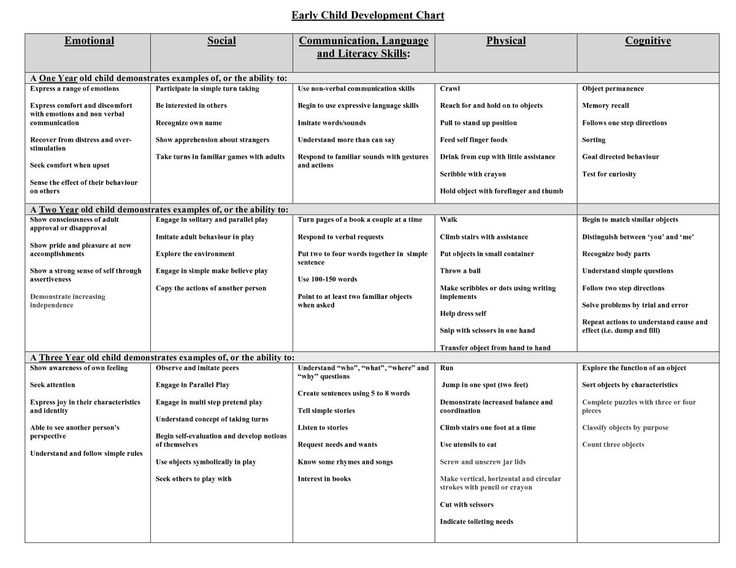 If you have a new baby at home, your 4 year old may feel they’re ‘missing out’ by going to kindy and needs to know that they will still have ‘special time’ with you.
If you have a new baby at home, your 4 year old may feel they’re ‘missing out’ by going to kindy and needs to know that they will still have ‘special time’ with you.
It will help your child if you:
- celebrate their start of ‘school’ in some small way
- go to kindy with them at least twice before they start
- stay a while if you have time
- buy them a new bag or lunch box even if they don’t need one
- listen to their stories about the experience.
Your child is unique
Every child is different and may develop at different rates.
So, if your child does not do some of these things, they may be ‘working’ on a different area of learning and development. However, children usually follow the same pattern of development, and it’s good to feel that your child is developing normally, in their own unique way.
If you are worried about your child’s development, or if they are very different from other children, talk with your doctor or child health nurse.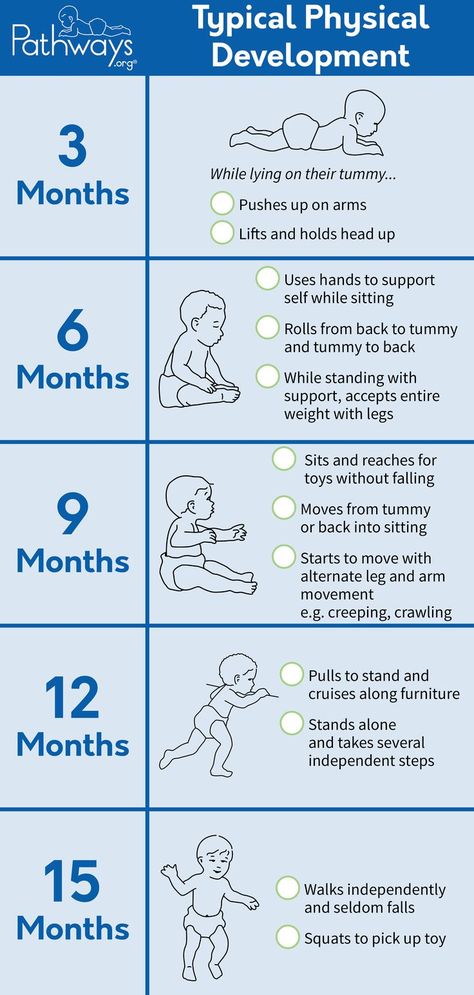 If there is a problem, it’s better to get help early.
If there is a problem, it’s better to get help early.
Alert
Talk with your doctor or child health nurse if:
- your child’s understanding and skills go backward for more than a short time
- your child doesn't speak clearly enough to be understood by other people
- they can’t hear a whisper or keep asking people to repeat things – says ‘What?
- they’re not interested in other children and what is happening around them
- they’re behind other children of the same age in some areas
- they screw up their eyes to see some things, or have trouble seeing things, or their eyes are looking in different directions
- you have any worries or concerns about your child’s development.
More information
Local community, school or child health nurse
- See inside your baby's purple All About Me book
- Look in the service finder for child health centres
- Visit your nearest child health centre
Local family doctor
Ngala Parenting Line
- 8.
 00am – 8.00pm 7 days a week
00am – 8.00pm 7 days a week - Phone: (08) 9368 9368
- Outside metro area – Free call 1800 111 546 (free from land line only)
- Visit the Ngala website (external site)
Raising Children Network
- Visit the Raising Children Network website (external site)
Acknowledgements
Child and Adolescent Health Service – Community Health (CAHS CH)
This publication is provided for education and information purposes only. It is not a substitute for professional medical care. Information about a therapy, service, product or treatment does not imply endorsement and is not intended to replace advice from your healthcare professional. Readers should note that over time currency and completeness of the information may change. All users should seek advice from a qualified healthcare professional for a diagnosis and answers to their medical questions.
See also
- Child development
Developmental Milestones: 4 to 5 Year Olds (Preschool)
From 4 to 5 years old, your child’s gross motor skills (using their arms and legs to move and play) and their fine motor skills (working on crafts and puzzles) are still developing.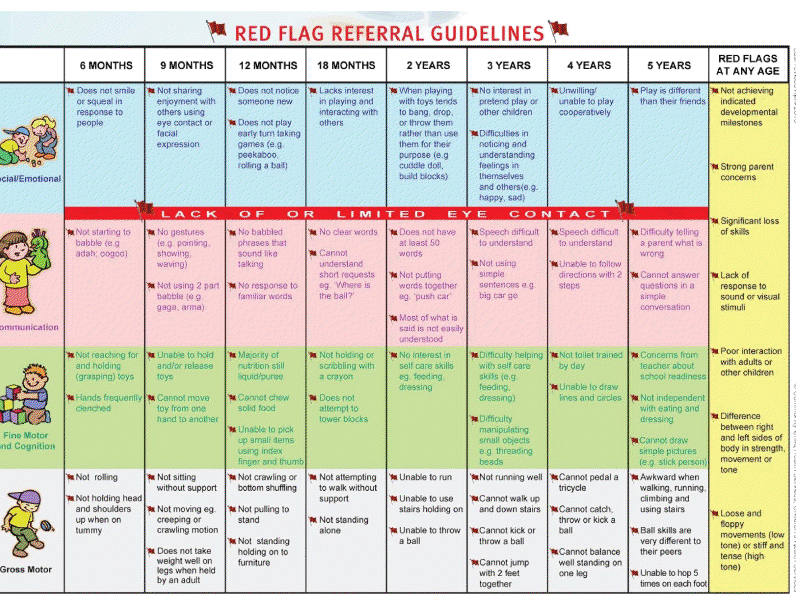 Play time becomes increasingly imaginative and is an important part of children’s growth.
Play time becomes increasingly imaginative and is an important part of children’s growth.
Developmental Milestones
Doctors use certain milestones to tell if a child is developing as expected. There’s a wide range of what is considered normal, so some children gain skills earlier or later than others. Children who were born prematurely reach milestones later in life. Always talk with your doctor about your child’s progress, especially if there are concerns.
What can my 4- to 5-year-old child do at this age?
As your child continues to grow, you will notice new and exciting abilities that your child develops. While children may progress at different rates, the following are some of the common milestones children may reach in this age group:
4-year-olds:
- Sing songs
- Skip and hop on one foot
- Catch and throw a ball overhand
- Walk downstairs alone
- Draw a person with three separate body parts
- Build a block tower with 10 blocks
- Understand the difference between fantasy and reality
- Draw a circle and square
- Dress themselves
- Able to fasten large buttons without help
- Pull up a zipper after it is fastened
5-year-olds:
- Jump rope
- Walk backward
- Balance on one foot for at least 5 seconds
- Use scissors
- Begin learning how to tie shoes
- Draw a triangle and diamond
- Draw a person with six body parts
- Know address and phone number
- Recognize and recite the alphabet
- Write first name
- Start to help with chores around the house
- Start to lose their baby teeth
What can my 4- to 5-year-old child say?
Speech development in children is very exciting for parents as they watch their children become social beings that can interact with others.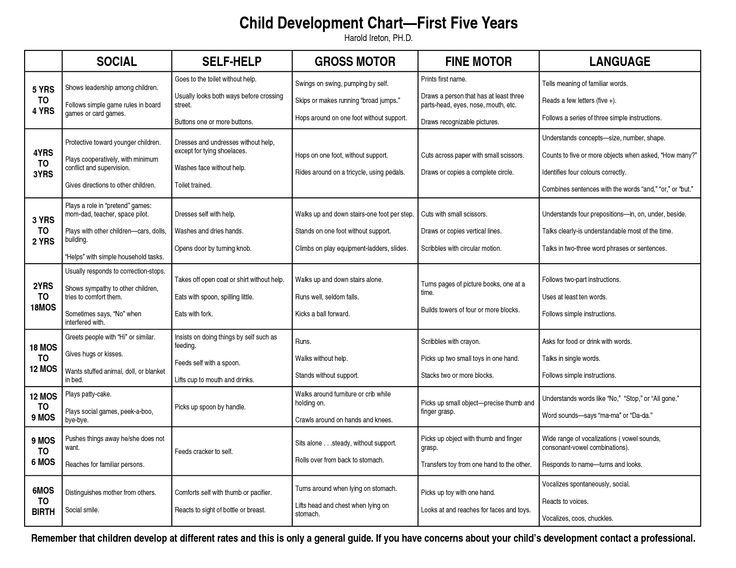 At this age, a child can usually understand that letters and numbers are symbols of real things and ideas, and that they can be used to tell stories and offer information. Most will know the names and gender of family members and other personal information. They often play with words and make up silly words and stories.
At this age, a child can usually understand that letters and numbers are symbols of real things and ideas, and that they can be used to tell stories and offer information. Most will know the names and gender of family members and other personal information. They often play with words and make up silly words and stories.
4 and 5-year-olds vocabulary is between 1,000 and 2,000 words. Speech at this age should be completely understandable, although there may be some developmental sound errors and stuttering, particularly among boys.
While every child develops speech at his or her own rate, the following are some of the common milestones children may reach in this age group:
4-year-olds:
- May put together four to five words into a sentence
- Will ask questions constantly
- May know one color or more
- Likes to tell stories
- May use some “bad” words (if he or she has heard them spoken repeatedly)
5-year-olds:
- May put together six to eight words into a sentence
- May know four or more colors
- Knows the days of the week and months
- Can name coins and money
- Can understand commands with multiple instructions
- Talks frequently
What does my 4- to 5-year-old child understand?
As a child’s vocabulary increases, so does his/her understanding and awareness of the world around them. Children at this age begin to understand concepts and can compare abstract ideas.
Children at this age begin to understand concepts and can compare abstract ideas.
While children may progress at different rates, the following are some of the common milestones children may reach in this age group:
4-year-olds:
- Begins to understand time
- Begins to become less aware of only one’s self and more aware of people around him/her
- May obey parent’s rules, but does not understand right from wrong
- Believes that his or her own thoughts can make things happen
5-year-olds:
- Increased understanding of time
- Curious about real facts about the world
- May compare rules of parents with that of friends
Wellness and Fitness Milestones
By the time kids are 3 to 5 years old, their physical skills, like running, jumping, kicking, and throwing, have come a long way. Now they’ll continue to refine these skills and build on them to learn more complex ones. Take advantage of your child’s natural tendency to be active. Regular physical activity promotes healthy growth and development and learning new skills builds confidence.
Regular physical activity promotes healthy growth and development and learning new skills builds confidence.
How active should my child be at this age?
Kids at this age are learning to hop, skip and jump forward. They are eager to show off how they can balance on one foot, catch a ball or do a somersault. Preschoolers and kindergarteners also might enjoy swimming, playing on a playground, dancing and riding a tricycle or bicycle with training wheels.
Physical activity guidelines recommend that preschoolers and kindergarteners should:
- Be physically active throughout the day
- Move and engage in both active play and structured (adult-led) physical activities
- Do activities such as jumping, hopping and tumbling to strengthen bones and muscles
Should my 4- to 5-year-old child participate in sports?
Many parents look into organized sports to get 4 and 5-year-olds active. The average preschooler has not mastered the basics, such as throwing, catching and taking turns. Even simple rules may be hard for them to understand, as any parent who has watched their child run the wrong way during a game knows.
Even simple rules may be hard for them to understand, as any parent who has watched their child run the wrong way during a game knows.
Starting too young can also be frustrating for kids and may discourage future participation in sports. If you decide to sign your child up for soccer or another team sport, be sure to choose a league that is right for their age and developmental stage. A peewee league that focuses on fun and learning the fundamentals might be great for a child still in preschool.
Family Fitness Tips
Playing together, running in the backyard or using playground equipment at a local park can be fun for the entire family. Other activities to try together, or for a group of preschoolers to enjoy, include:
- Playing games such as “Duck, Duck, Goose” or “Follow the Leader,” then mixing it up with jumping, hopping and walking backward
- Kicking a ball back and forth or into a goal
- Hitting a ball off a T-ball stand
- Playing freeze dance or freeze tag
Kids can be active even when they’re indoors.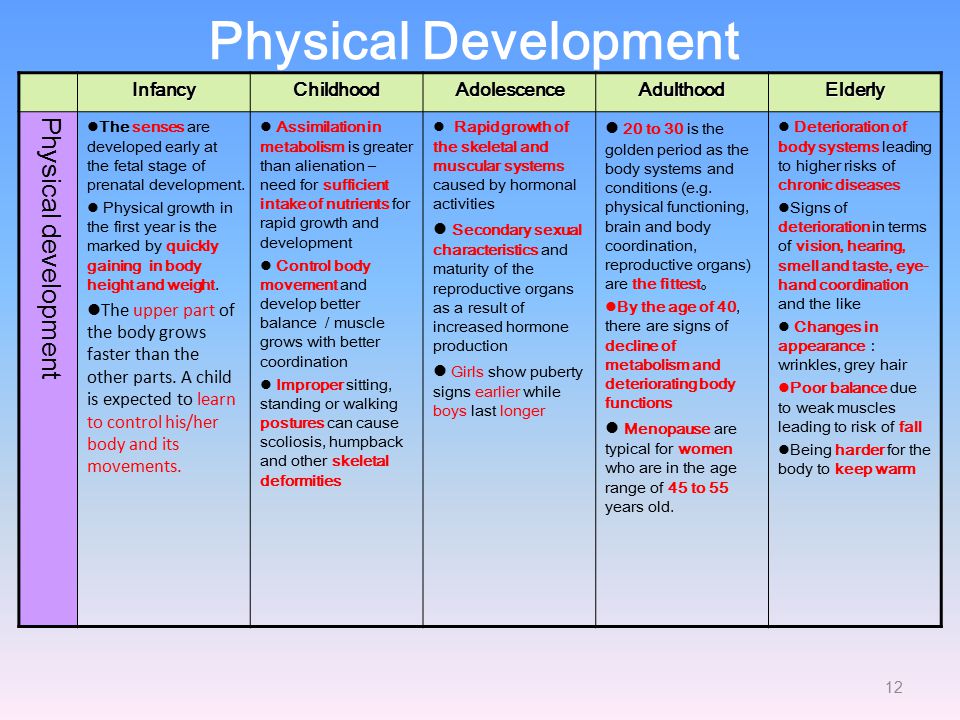 Designate a safe play area and try some active inside games such as:
Designate a safe play area and try some active inside games such as:
- Treasure hunt: Hide “treasures” throughout the house and provide clues to their locations
- Obstacle course: Set up an obstacle course with chairs, boxes, and toys for the kids to go over, under, through and around
- Soft-ball games: Use soft foam balls to play indoor basketball, bowling, soccer or catch. You can even use balloons to play volleyball or catch
How long should my 4- to 5-year-old sleep?
4 to 5-year-olds should be sleeping around 10-12 hours at night. Those who get enough rest may no longer need a daytime nap and can benefit from some quiet time in the afternoon. This is the age where they might be in preschool or in kindergarten. As they give up naps, they may go to bed at night earlier than they did as toddlers.
Check out our guide about Healthy Sleep for Children for more info.
Communication Milestones
Communicating with our kids is one of the most pleasurable and rewarding parts of parenting.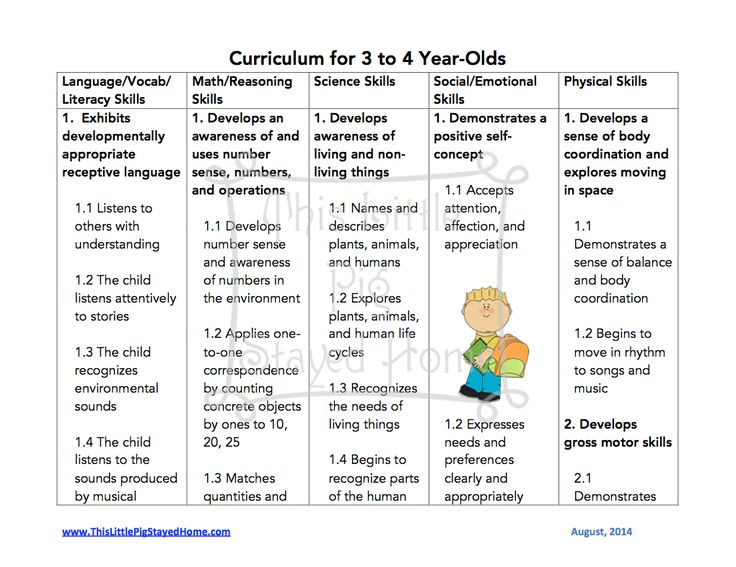 Children learn by absorbing information through daily interactions and experiences not only with us, but with other adults, family members, other kids, and the world.
Children learn by absorbing information through daily interactions and experiences not only with us, but with other adults, family members, other kids, and the world.
Between the ages of 4 and 5, many kids enter preschool or kindergarten programs, with language skills a key part of learning in the classroom.
How does my 4- to 5-year-old child interact with others?
A very important part of growing up is the ability to interact and socialize with others. This can be a frustrating transition for the parent as children go through different stages, some of which are not always easy to handle. While every child is unique and will develop different personalities, the following are some of the common behavioral traits that may be present in your child:
4-year-olds can:
- Be very independent and may want to do things on his or her own
- Be selfish and do not like to share
- Be moody; mood swings are common in this age group
- Be aggressive during mood swings towards family members
- Have a number of fears
- Have imaginary playmates
- Enjoy exploring the body and may play doctor and nurse
- “Run away” or threaten to do so
- Fight with siblings
- Play with others in groups
5-year-olds can:
- Generally, be more cooperative and responsible than 4-year-olds
- Be eager to please others and make them happy
- Have good manners
- Dress self completely without help
- Get along well with parents
- Enjoy cooking and playing sports
- Become more attached to parent as they enter school
Interacting with Your Child
Kids learn more through interactive conversation and play. Reading books, singing, playing word games and simply talking to kids will increase their vocabulary while providing increased opportunities to develop listening skills. As kids gain language skills, they also develop their conversational abilities. Kids 4 to 5 years old can follow more complex directions and enthusiastically talk about things they do. They can make up stories, listen attentively to stories and retell stories.
Reading books, singing, playing word games and simply talking to kids will increase their vocabulary while providing increased opportunities to develop listening skills. As kids gain language skills, they also develop their conversational abilities. Kids 4 to 5 years old can follow more complex directions and enthusiastically talk about things they do. They can make up stories, listen attentively to stories and retell stories.
Here some ways you can help boost your child’s communication skills:
- Talk about the day’s activities
- Talk with your child about the books you read together
- Talk with your child about the TV programs and videos you watch together
- Keep books, magazines, and other reading material where kids can reach them without help
- Help kids create their own “This Is Me” or “This Is Our Family” album with photographs or mementos
How can I help increase my preschool child’s social ability?
Consider the following as ways to foster your preschool child’s social abilities:
- Offer compliments for good behavior and achievements
- Encourage your child to talk to you and be open with his or her feelings
- Read to your child, sing songs and talk with him or her
- Spend quality time with your child and show him or her new experiences
- Encourage your child to ask questions and explore
- Encourage physical activity with supervision
- Arrange times for your child to be with other children, such as in play groups
- Give your child the chance to make choices, when appropriate
- Use time-out for behavior that is not acceptable
- Encourage your child to express his or her anger in an appropriate manner
- Limit television watching (or other screen time) to 1 to 2 hours a day.
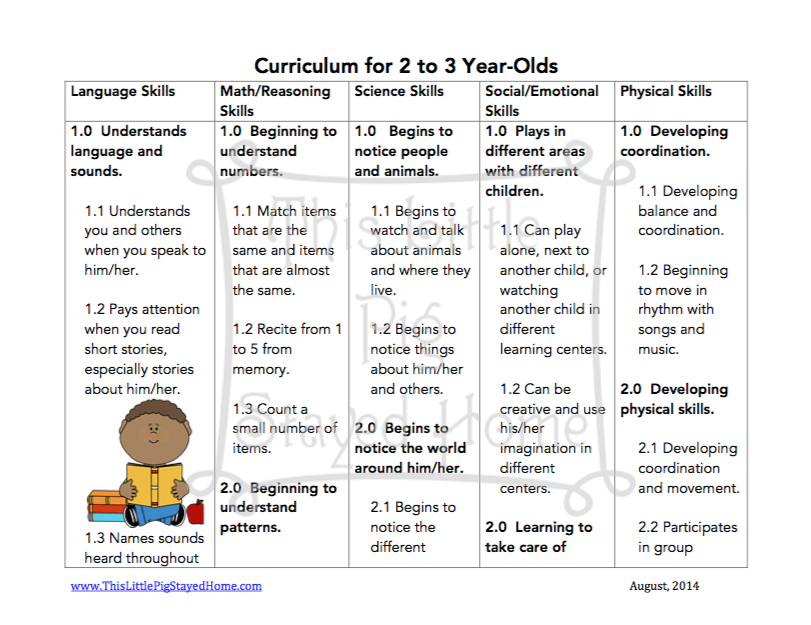 Use free time for other more productive activities.
Use free time for other more productive activities.
When should I call the doctor?
You should talk to your doctor if you suspect your child has a problem with hearing, language skills or speech clarity. A hearing test may be one of the first steps to find out if your child has a hearing problem.
Communication problems among kids in this age group include:
- Hearing problems
- Trouble following directions
- Trouble asking or answering questions
- Difficulty holding a conversation
- Poor vocabulary growth
- Trouble learning preschool concepts, such as colors and counting
- Stuttering
- Trouble putting sentences together
- Unclear speech
Some kids will outgrow these problems. Others might need speech therapy or further evaluation. This is especially important to assess at a young age because some children that have difficulty with communication may get frustrated, angry and even aggressive because they cannot relay their thoughts and feelings clearly.
Reviewed by Dr. Priya Mody, Pediatric & Adult Medicine, CHOC Primary Care – May 2021
Features of the physical development of children 4-5 years old | Consultation (middle group):
Features of the physical development of children 4-5 years old
When a child turns 4 years old, the period of early childhood ends. There comes a preschool period, which is characterized by certain features of physical development. At this age, children lead an active lifestyle, move a lot, learn about the world around them.
At this age, the average height for boys is 100.3 cm, and for girls - 99.7 cm. Boys weigh an average of 15-20 kg, and girls - 14-18 kg. The average weight gain is 1.5-2 kg per year, and in height - 5-7 cm. Some developmental features may be associated with heredity.
If the child's height or weight is significantly abnormal, a pediatrician and an endocrinologist should be consulted. The reasons for deviations may lie in improper metabolism, hormonal imbalance, sedentary lifestyle and insufficient physical activity, poorly balanced diet.
At the age of 4-5 years, the child's skeleton is still flexible, so strength training is not recommended for him. It is necessary to monitor the posture of the baby all the time, make sure that he sits correctly at the table, sleeps on a mattress that is not too soft.
At this age there is a shift in the center of gravity and a change in body proportions. Puffy cheeks, a rounded tummy and wrinkles on the handles disappear. Children are like little adults. Most of them become thinner, but they do not lose their appetite and eat 4-5 times a day with pleasure.
A child who has reached the age of 5 is able to:
Run fairly long distances (200-300 m). Not every relative will be able to catch up with him. He can run both on flat and rough terrain, avoiding bumps, trees, buildings, jumping over holes.
Move almost like an adult: clearly and coordinated. He can close his eyes and lightly touch his nose or ear. The dexterity of playing the ball increases: the baby quickly catches it and throws it back.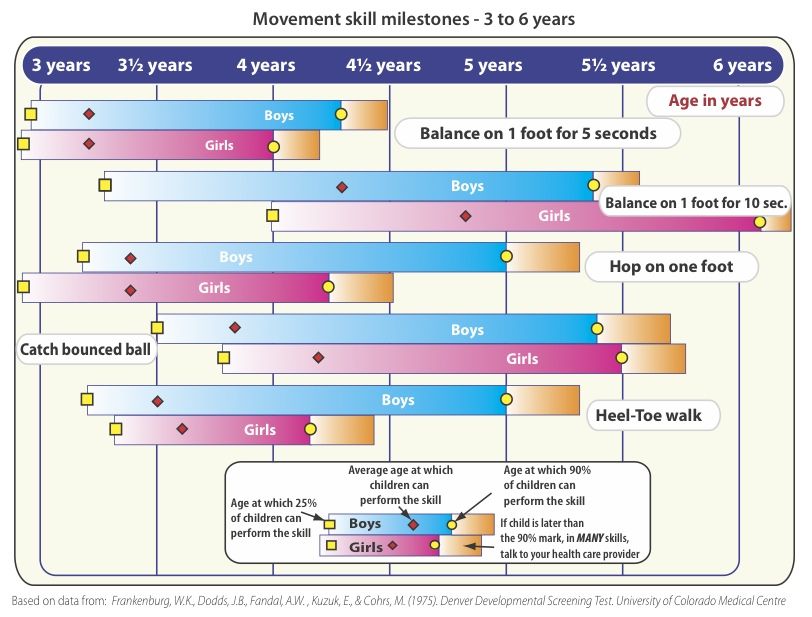
Maintain balance. Now it is not a problem for him to go through something narrow.
Jump well: jump over a step or several objects on the floor. He manages to jump rope, including on one leg. Girls at this age begin to play "hopscotch", "rubber bands".
It is easy and long to climb the "Swedish wall".
The musculature of the hands in children of 5 years old is already well developed, so they can climb the rope a little, but they still cannot do push-ups from the floor.
Every day you need to engage in the physical development of your child - invent and play outdoor games, teach him to exercise. Charging can consist of a set of simple exercises for extension and flexion of the limbs, turns and squats. It not only has a positive effect on the physical condition of the baby, his immune system, but also teaches discipline and order.
Children aged 4-5 must be taken to special classes. For the development of physical activity, the boy can be enrolled in the sports section, and the girl can be taken to dance classes.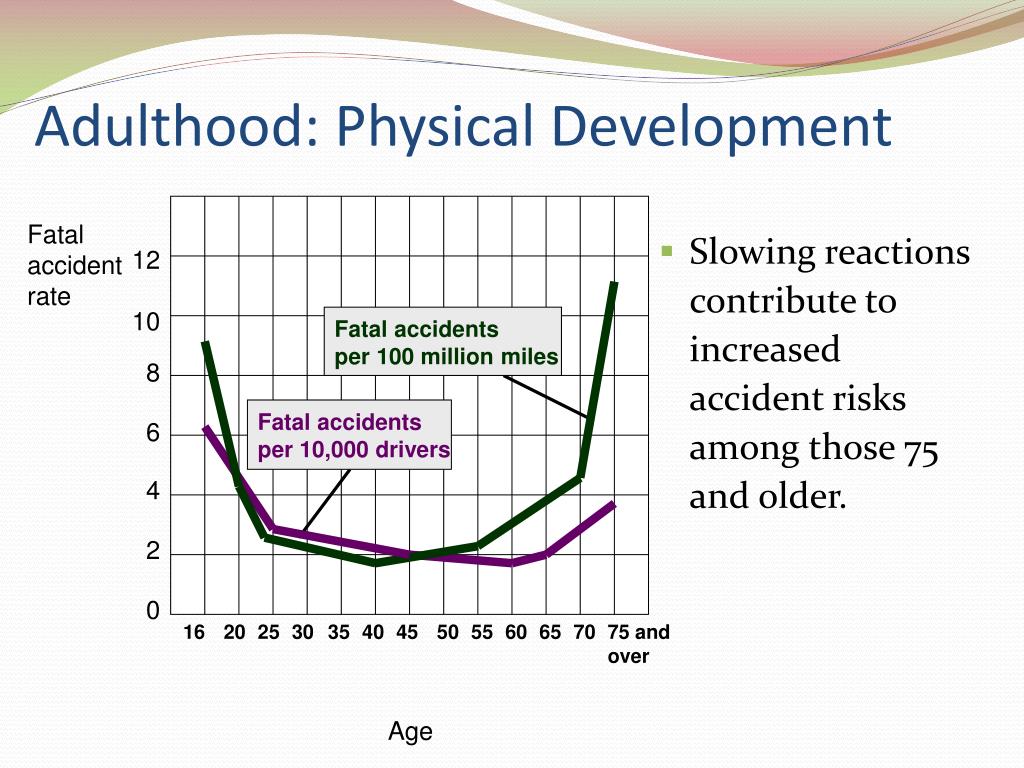
Parents should contribute to the development of their child's social activity. The child should regularly see other children, communicate with them, play in parks, playgrounds. At home, you need to read fairy tales with your baby, discuss them, and also engage in drawing and modeling from plasticine, clay or dough. These exercises will strengthen the muscles of the palm and gradually prepare the hand for writing. It is worth doing games aimed at developing fine motor skills - collecting various designers, puzzles.
The child should help mom and dad with household chores. By the age of 4, he should already have his own responsibilities: put away toys, wipe dust, collect dishes from the table.
To monitor the physical health of the child, it is necessary to regularly undergo examinations by an ophthalmologist, surgeon, otolaryngologist, cardiologist, district pediatrician, and conduct an ECG.
By the age of 4-5, children clearly form their preferred activities.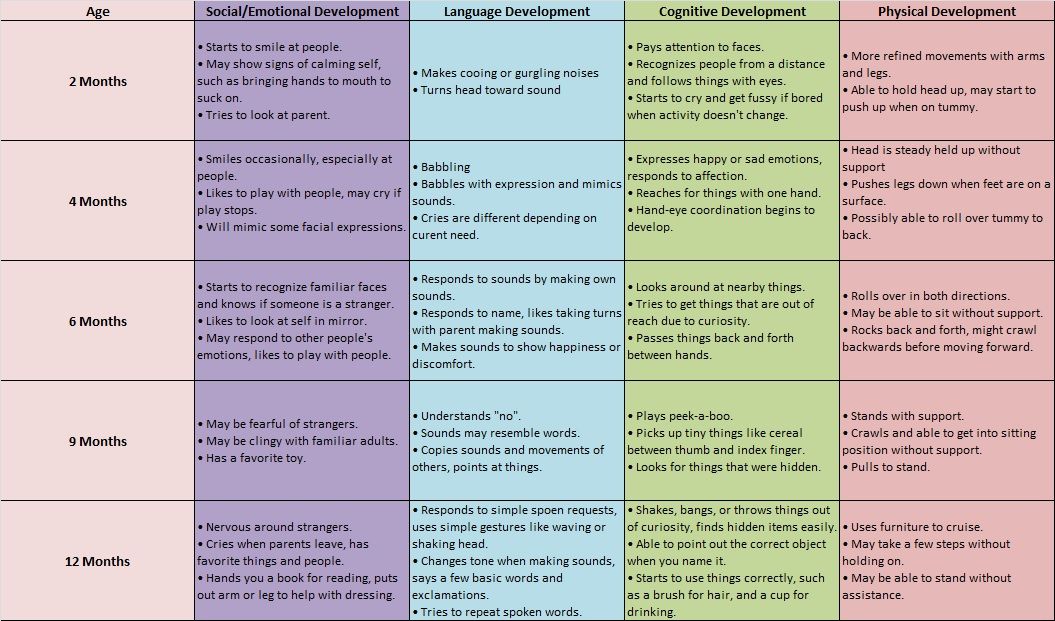 Parents can observe their child, identify his talents in order to start developing them as early as possible. In accordance with his talents and interests, the child can be enrolled in circles (drawing, modeling, gymnastics, swimming, athletics, etc.).
Parents can observe their child, identify his talents in order to start developing them as early as possible. In accordance with his talents and interests, the child can be enrolled in circles (drawing, modeling, gymnastics, swimming, athletics, etc.).
In the upbringing of children, the psychological climate in the family is important. The absence of loud screams and quarrels between parents, a sharp tone towards the baby, creates a favorable atmosphere for both the physical and psycho-emotional development of the baby.
It is important for a 5-year-old child to feel his success, so mom and dad should encourage his achievements. If something does not work out for him, the baby needs to be encouraged, to believe in him. If you often make comments and constantly pull the child, he may lose all desire to try and achieve success.
It is worth noting: the more conscious parents are about raising a child, the more successfully he develops.
Dangerous signs in the development of children 4-5 years old are:
1.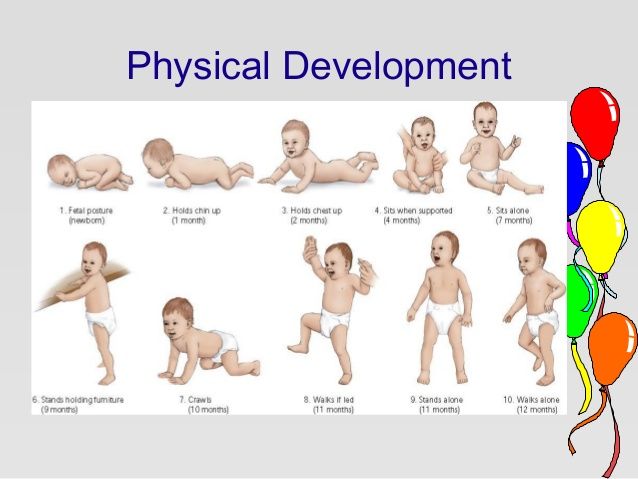 Excessive aggressiveness, shyness, anxiety or timidity.
Excessive aggressiveness, shyness, anxiety or timidity.
2. Problems in communicating with other children, unwillingness to play with them.
3. Weak physical activity, inability to climb the "Swedish wall" without help.
4. Distracted attention, inability to concentrate on one thing for more than 5 minutes.
5. Limited interests.
6. Inability to state one's name.
7. Limited range of emotions, depressed state.
8. Inability to hold a pencil in hand, build a pyramid of 8 cubes.
9. Problems with sleep, independent eating, going to the toilet.
10. Inability to wash one's own hands, brush teeth, put on and take off clothes.
If parents notice at least one of these signs in their baby, it is urgent to show it to the pediatrician. He will objectively assess the situation and refer you to one of the narrower specialists - a child psychologist, neurologist, surgeon.
Every child develops differently. Some people develop faster, others a little slower. Parents should in any case support their baby, take into account his personal characteristics. In addition, they need to know the main parameters of the development of children at a particular age in order to notice deviations in time, consult a doctor and solve the problem even at the source of its occurrence.
Parents should in any case support their baby, take into account his personal characteristics. In addition, they need to know the main parameters of the development of children at a particular age in order to notice deviations in time, consult a doctor and solve the problem even at the source of its occurrence.
Development of children 3-4 years old
3766
Three years is an important milestone in a child's development. At this age, the baby begins to realize his autonomy, individuality, strives for independence, requires others to respect his personality. The birth of "I" is often accompanied by a number of negative manifestations: stubbornness, whims, obstinacy. Such changes in the behavior and personality of the child are called the “crisis of 3 years”. At this age, it is important for parents to treat the child's wishes with understanding and patience, not to suppress his activity and initiative, to be able to negotiate and demonstrate to the child constructive ways to resolve conflicts.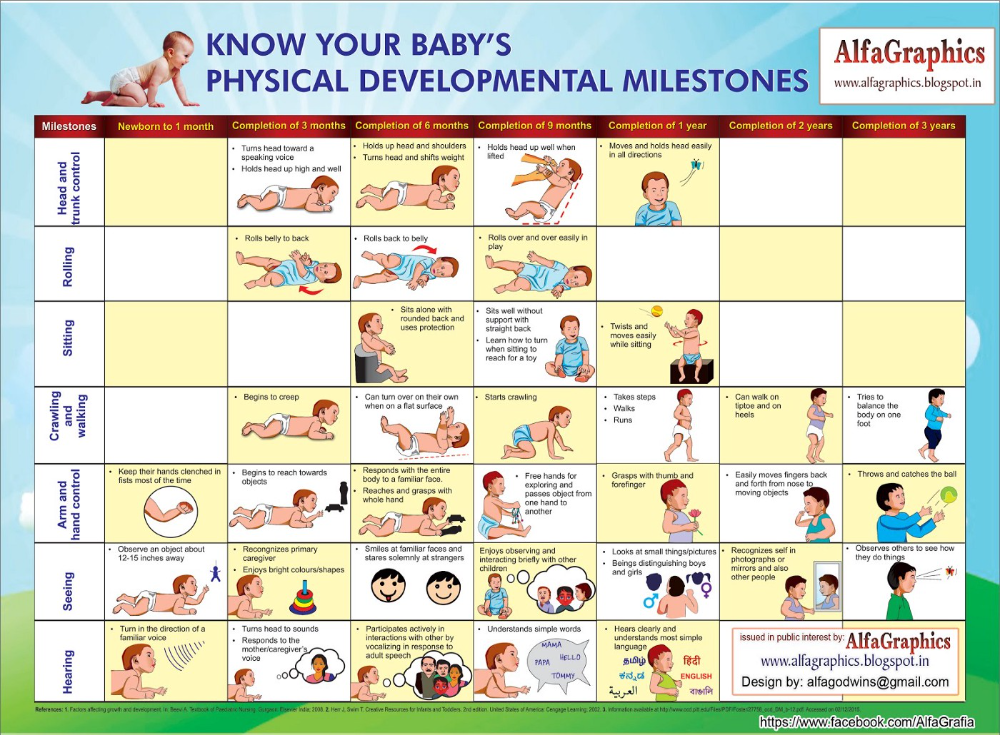 Rigid suppression of the will of the child in the future can lead to anxiety, passivity, dependence on others.
Rigid suppression of the will of the child in the future can lead to anxiety, passivity, dependence on others.
At the age of about three years, the child begins to perceive an adult not only as a member of the family, but also as a member of society with certain functions. The desire of the child to perform the same function contradicts his real possibilities. But this contradiction is successfully resolved through the game. Therefore, games for the development of children 3-4 years old play a crucial role and are the most important, leading activity. The content of the game at this age is associated with toys and substitute objects (a stick instead of a spoon, a cube instead of a typewriter). As a rule, children are limited to playing with one or two roles and a simple plot. The participation of an adult as a partner significantly enriches the game, and therefore stimulates the mental development of the baby.
The development of speech in children aged 3-4 years is one of the most significant aspects of the overall development of the child.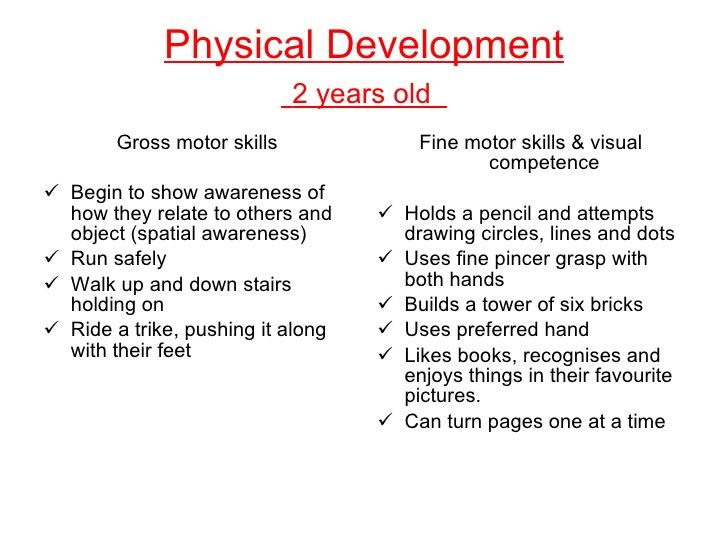 At this age, there are significant individual differences in the development of speech functions. The speech of one three-year-old child can be detailed, coherent, grammatically correct. The speech of the other is not clear enough due to defects in sound pronunciation, consisting of simple phrases. Unfortunately, at present there are many children who, by the age of three, practically do not speak actively. It is important for parents to remember that speech turns, vocabulary will be formed in the child mainly from the speech that he hears in his environment, in the family. Talk more with your child, describe everything you see, read books with him. Even if your baby does not speak yet, all this fills his passive vocabulary, improves understanding of addressed speech, and stimulates the development of thinking.
At this age, there are significant individual differences in the development of speech functions. The speech of one three-year-old child can be detailed, coherent, grammatically correct. The speech of the other is not clear enough due to defects in sound pronunciation, consisting of simple phrases. Unfortunately, at present there are many children who, by the age of three, practically do not speak actively. It is important for parents to remember that speech turns, vocabulary will be formed in the child mainly from the speech that he hears in his environment, in the family. Talk more with your child, describe everything you see, read books with him. Even if your baby does not speak yet, all this fills his passive vocabulary, improves understanding of addressed speech, and stimulates the development of thinking.
"Little Why Why" is just about children from three to four. Often the questions come one after another, and it seems that the child is not very interested in your answer.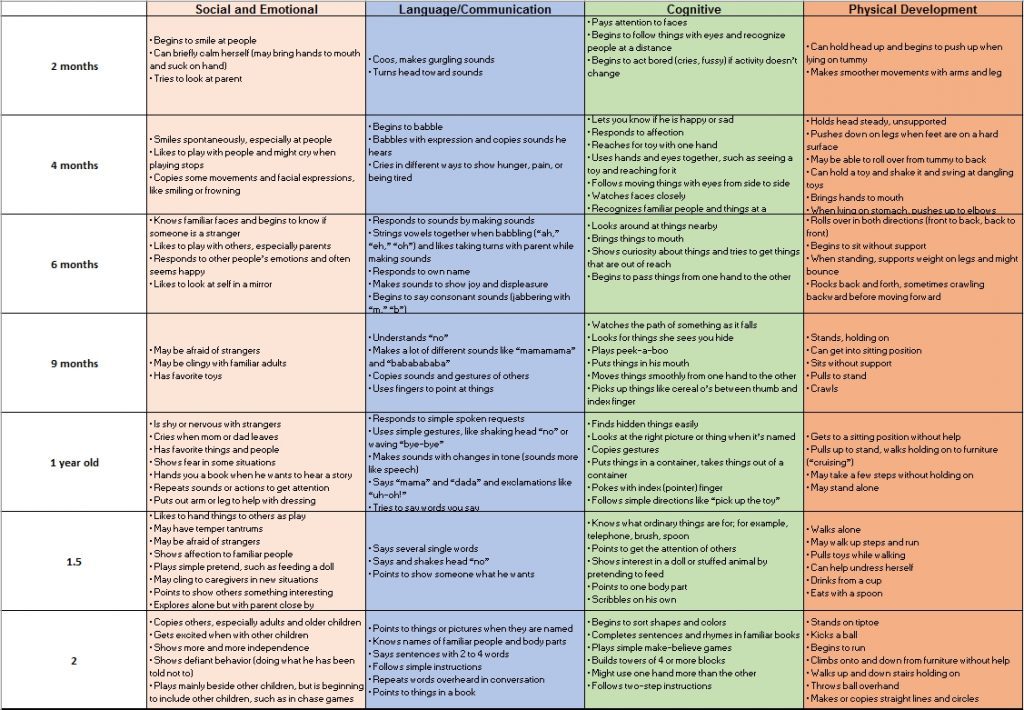 But it's not. Just because of the instability of attention, it is difficult for a child to listen to a long, often incomprehensible answer from an adult. Try to keep the explanations short and simple. It’s good if you manage to reinforce them with a drawing, an experiment, etc. And of course, you can get acquainted with many of the phenomena that interest children on our website in the “Science” section.
But it's not. Just because of the instability of attention, it is difficult for a child to listen to a long, often incomprehensible answer from an adult. Try to keep the explanations short and simple. It’s good if you manage to reinforce them with a drawing, an experiment, etc. And of course, you can get acquainted with many of the phenomena that interest children on our website in the “Science” section.
A child of three or four years is active, restless. The physical development of children 3-4 years old can be assessed by how confidently the child walks, goes down and up the stairs with variable steps, runs, throws the ball over his head and grabs it when the ball rolls. How can he keep his balance? Usually, children of this age enjoy swinging on a swing, which positively affects the development of the vestibular apparatus and physical development in general.
A child of this age knows a variety of actions with objects, knows a circle, a square, a triangle, combines objects according to their shape, compares them in size (length, width, height), knows the main ones (blue, red, green, yellow) and some additional colors. He actively masters the techniques of self-service and hygiene. With pleasure independently repeats the mastered actions, is proud of his successes.
He actively masters the techniques of self-service and hygiene. With pleasure independently repeats the mastered actions, is proud of his successes.
Visual-effective thinking continues to develop actively in children. Kids love to make toys and pictures from several parts, collect nesting dolls, pyramids, insert frames, which is very useful for the development of fine motor skills for children 3-4 years old.
The attention of children 3-4 years old is unstable, the child quickly switches from one activity to another. The development of children's attention at 3-4 years old follows the path of forming its arbitrary forms. Tasks in which it is necessary to compare objects, find the same from several similar ones, pick up a patch for a rug, etc. contribute to the development of attention. In addition, listening to short tales, stories, songs, and accessible musical works trains children's attention well.
The memory of a child of 3-4 years old is involuntary, figurative.